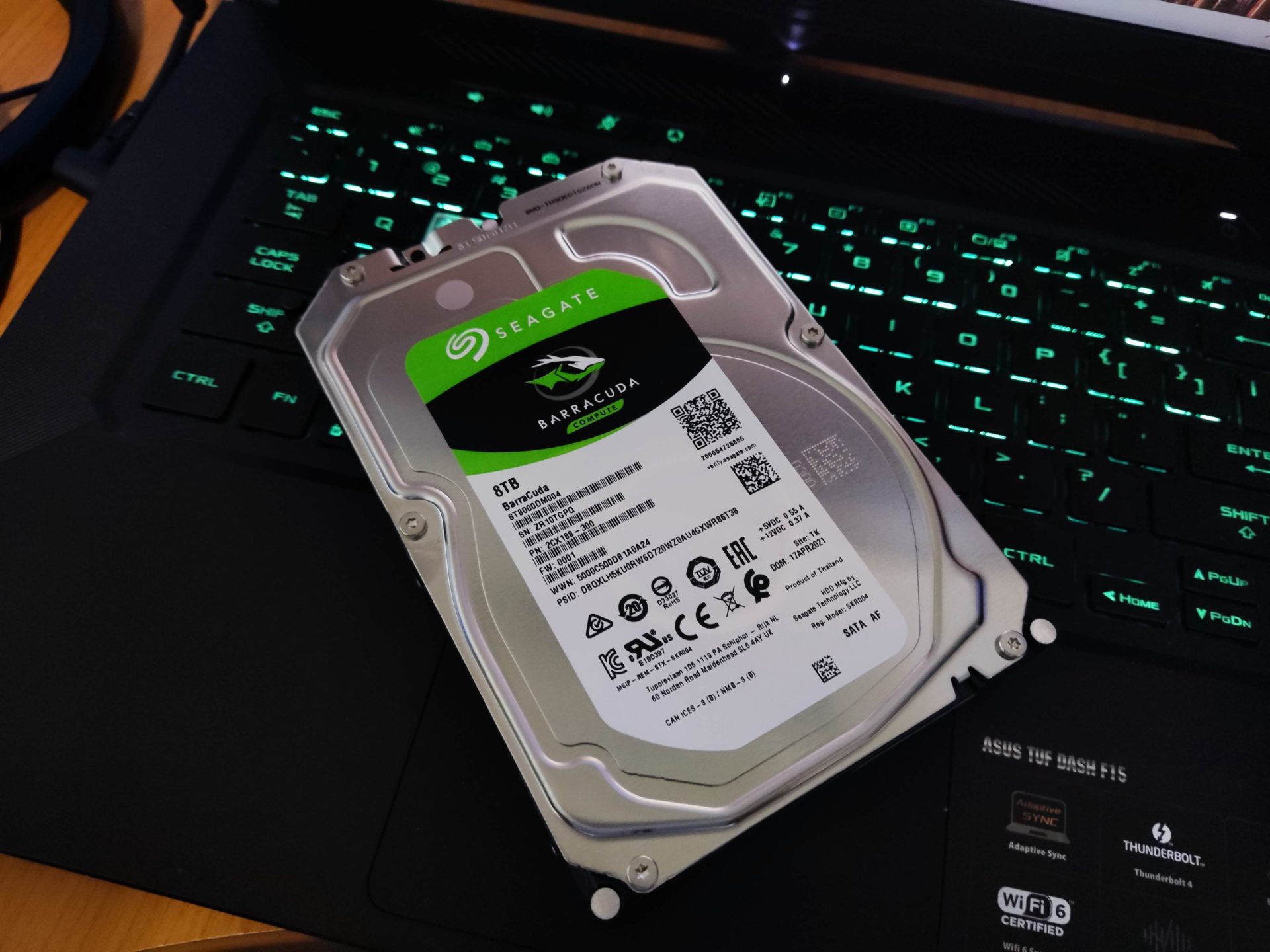

"The technology is allowing that, and people tend to buy the bigger stuff as it comes along. Burks was referring to his company's assessment that as much as 9% of sales of desktop hard drives have been for 1 TB capacities and above, compared to less than 2% the year before. "The capacity trends have definitely been mixing up," admitted Seagate product marketing director David Burks in an interview with Betanews. Priced at $299 suggested retail, it does carry a premium, but a very thin one. This week, it's premiering its Barracuda XT line, its first 2 TB drive using the new 6 Gbps SATA interface. This actually poses a problem for manufacturers like Seagate, which rely on a new product's ability to drive a premium price for at least a few months' time. Now that consumers can simply plug them in and go, they're as ubiquitous as printers. It's the mainstream that's driving prices lower, but that's also purchasing more drives especially now that external HDDs - once considered dead just a few years ago - have exploded into a commodity market.

SEAGATE DISK MAINTENANCE UTILITY BARRACUDA XT PC
Everyday PC users are finding themselves more comfortable with larger hard drives, so much so that average street prices for 1.5 TB HDDs are now approaching $125. The typical PC hardware introduction is targeted first at the high end of the product's respective market, often referred to as the "enthusiast" or "early adopter." This is the person expected to have more disposable income, willing to pay a premium to be first on the block, and the person I'm most often told by company representatives fits the description "Betanews reader."īut the recent trend that has breathed new energy into the hard disk drive industry - energy it desperately needed during the worst days of the bad economy - has to do with consumption, and it affects more than just the high end of the market.


 0 kommentar(er)
0 kommentar(er)
